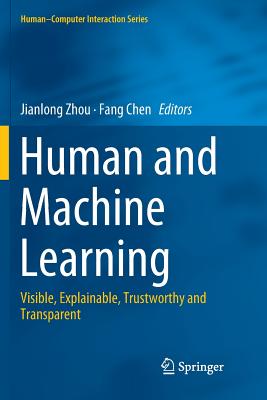Paradata and Transparency in Virtual Heritage (Digital Research in the Arts and Humanities)
暫譯: 虛擬遺產中的參數數據與透明度(數位藝術與人文研究)
- 出版商: Routledge
- 出版日期: 2016-10-14
- 售價: $3,090
- 貴賓價: 9.5 折 $2,936
- 語言: 英文
- 頁數: 344
- 裝訂: Paperback
- ISBN: 1138245658
- ISBN-13: 9781138245655
-
相關分類:
數位影像處理 Digital-image
海外代購書籍(需單獨結帳)
商品描述
Computer-Generated Images (CGIs) are widely used and accepted in the world of entertainment but the use of the very same visualization techniques in academic research in the Arts and Humanities remains controversial. The techniques and conceptual perspectives on heritage visualization are a subject of an ongoing interdisciplinary debate. By demonstrating scholarly excellence and best technical practice in this area, this volume is concerned with the challenge of providing intellectual transparency and accountability in visualization-based historical research. Addressing a range of cognitive and technological challenges, the authors make a strong case for a wider recognition of three-dimensional visualization as a constructive, intellectual process and valid methodology for historical research and its communication. Intellectual transparency of visualization-based research, the pervading theme of this volume, is addressed from different perspectives reflecting the theory and practice of respective disciplines. The contributors - archaeologists, cultural historians, computer scientists and ICT practitioners - emphasize the importance of reliable tools, in particular documenting the process of interpretation of historical material and hypotheses that arise in the course of research. The discussion of this issue refers to all aspects of the intellectual content of visualization and is centred around the concept of 'paradata'. Paradata document interpretative processes so that a degree of reliability of visualization outcomes can be understood. The disadvantages of not providing this kind of intellectual transparency in the communication of historical content may result in visual products that only convey a small percentage of the knowledge that they embody, thus making research findings not susceptible to peer review and rendering them closed to further discussion. It is argued, therefore, that paradata should be recorded alongside more tangible outcomes of research, preferably as an integral part of virtual models, and sustained beyond the life-span of the technology that underpins visualization.
商品描述(中文翻譯)
電腦生成影像(CGI)在娛樂界被廣泛使用和接受,但在藝術和人文學科的學術研究中使用相同的視覺化技術仍然存在爭議。遺產視覺化的技術和概念視角是持續進行的跨學科辯論的主題。本書通過展示在該領域的學術卓越和最佳技術實踐,關注在基於視覺化的歷史研究中提供智識透明度和問責制的挑戰。針對一系列認知和技術挑戰,作者強調三維視覺化作為一種建設性、智識性過程和有效的歷史研究及其傳達方法論的更廣泛認可的重要性。本書的主題——基於視覺化的研究的智識透明度,從不同的視角進行探討,反映了各自學科的理論和實踐。貢獻者包括考古學家、文化歷史學家、計算機科學家和資訊通信技術從業者,強調可靠工具的重要性,特別是在記錄歷史材料的詮釋過程和在研究過程中出現的假設方面。對此問題的討論涉及視覺化的智識內容的各個方面,並圍繞“副數據”(paradata)的概念展開。副數據記錄詮釋過程,以便理解視覺化結果的可靠性程度。如果不提供這種智識透明度來傳達歷史內容,可能會導致視覺產品僅傳達其所體現知識的一小部分,從而使研究結果不易受到同行評審,並使其無法進一步討論。因此,主張應該將副數據與研究的更具體成果一起記錄,最好作為虛擬模型的整體部分,並在支撐視覺化的技術壽命之外持續存在。






























